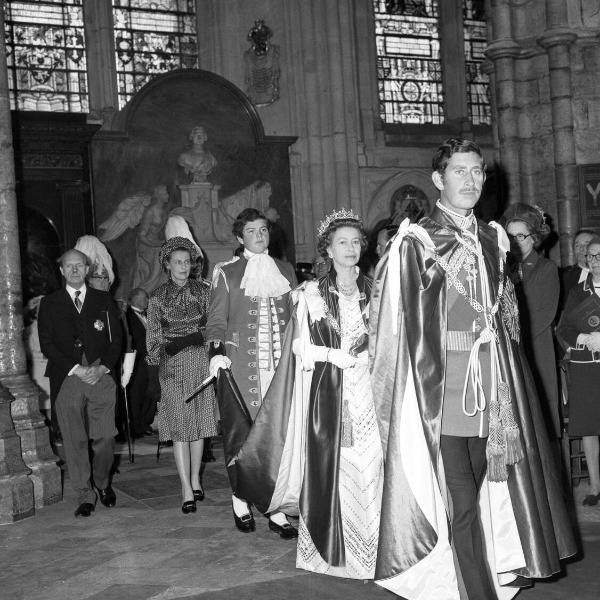One of the most public faces of the British Humanist Association is the work of our accredited funeral officiants. Because of the remarkable quality of their work and the timeliness of the network, demand is rising sharply. We are helped by social change. Funerals are now talked about as much as they ever were in the morbid high Victorian era of mourning stationery and seraphic monuments. And conversation can also include discussion of one's own funeral plans, without offence. We are helped by theological change among the Christian majority. The desire for unbroken liturgy and the ritual of our grandparents' era is lessened. A prettified cloud of 'spirituality' hovers vaguely over the deathbed and funeral arrangements: cyclical Eastern religious ideas can be mixed with heaven or with the Kingdom on Earth; coffins can be decorated with pagan designs but blessed in a Christian chapel. Coherence of belief has been shaken by the post-modern lack of rigour, and the focus on personal choice rather than greater meaning. And so it comes about that the families who seek humanist funerals are also more diverse. In November 1887, when Dr Coit (founder of the BHA's precursor, the Ethical Union) conducted his first humanist funeral in New York, the deceased was a member of the local Ethical Society, and this set the precedent for decades to come.
Now, however, such is the reputation of the BHA's officiants for creating funerals which have meaning and relevance, which comfort and inspire, that our clients come from a far broader cross-section of society. Only a minority of the deceased were members of the BHA or a local humanist group. Some are actually church-goers, but want a relevant funeral, and are content to exclude all religious reference, but appreciate the benign inclusion of a silent minute for personal prayer or reflection.This growing diversity of funeral clients brings new challenges, and reveals new issues for us.
The law about the dead body is curious and complex.
A non-religious person whose background has been in a religion such as Hinduism may seek a funeral at a crematorium without religion, and so may seek a humanist officiant. But they may also want to retain some cultural aspects of a Hindu funeral. Talking with such clients is an eye-opener to a dominant culture a culture that remains unseen by institutions and much of society, because of its long existence and its sheer dominance. Funeral directors wear black and dark grey clothes. Their hearses are most often black. Their mood is often desperately sombre and rigid. While it is now sometimes possible to find an undertaker who will book a white hearse, have you tried asking for the staff to wear different suits? A funeral director who specialises in such cultural aspects is often not attuned to the possibility of combining a selection of these with a non-religious framework for the ceremony.
Japanese Buddhist funerals are cremations, but the main religious ceremony would take place after the cremation. At the crematorium, the gathering would take a meal together. At the subsequent ceremony, mourners will pass money to the next of kin and receive a small gift in return. At the end, all move on to a second meal. In Britain, would a crematorium provide a neutral, but attractive, large room, where wakes or self-catered meals could take place? (Our over-regulated continent would probably outlaw it.) Would all funeral directors understand about the exchange of money and gifts, for example, when an ash casket is interred after its month in the family home? Are all funeral directors happy for families to provide their own carefully designed coffins? such as families from Ghana, whose coffins may take elaborate forms. Would the new God of red tape and regulation stifle this cultural expression or would the compromise of a sealed inner body bag be possible?
At the funeral director's office, there may be a 'chapel of rest' with its generally-Christian (albeit vague) imagery in the decoration and atmosphere. Standard embalming makes particular cultural assumptions. In the crematorium we sit in rows, in almost-pews, facing the front, and the coffin is borne in, led by the officiant, as would a vicar. The officiant stands to the front of this linear congregation, at a lectern in form very close to its ecclesiastical counterparts. Too often there is a Christian cross permanently displayed in the building which is still called a chapel. The familiar red and blue of the Virgin are strongly represented in the pretty stained glass of sunsets and abstract skies.
This cultural dinosaur, a relic of Christian centuries, is taken for granted by so many people but not by families who notice the invisible culture of death, because they do not share its basis. And it is no longer ignored by the BHA's funeral officiants, who increasingly lead the way in allowing cultural freedom in ceremonies. The BHA itself, for example, has now succeeded in many areas, with its aim of opening crematorium managers' eyes to the exclusivity of a fixed crucifix and the term 'chapel', achieving positive change.
The law about the dead body is curious and complex. But there is little law about funerals, and there will soon be widespread opportunity for cultural expression. Humanist officiants will continue to be more influential on society than they perhaps realise.

